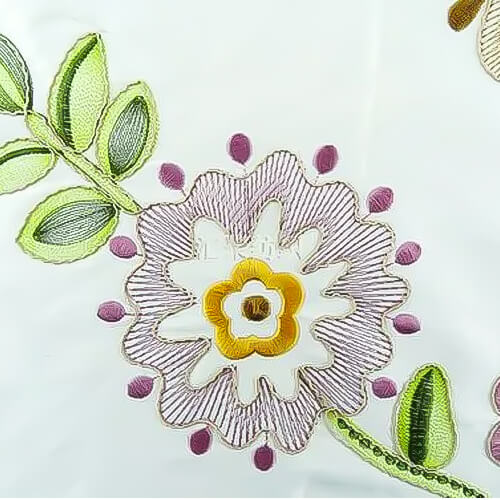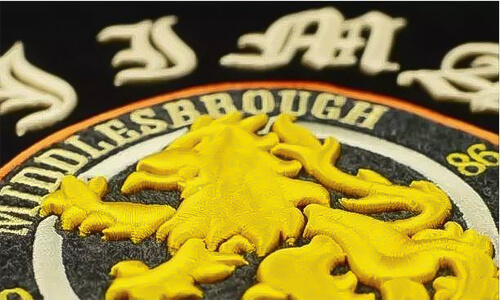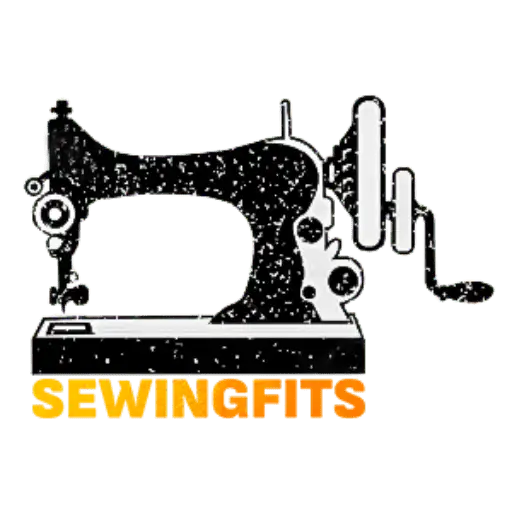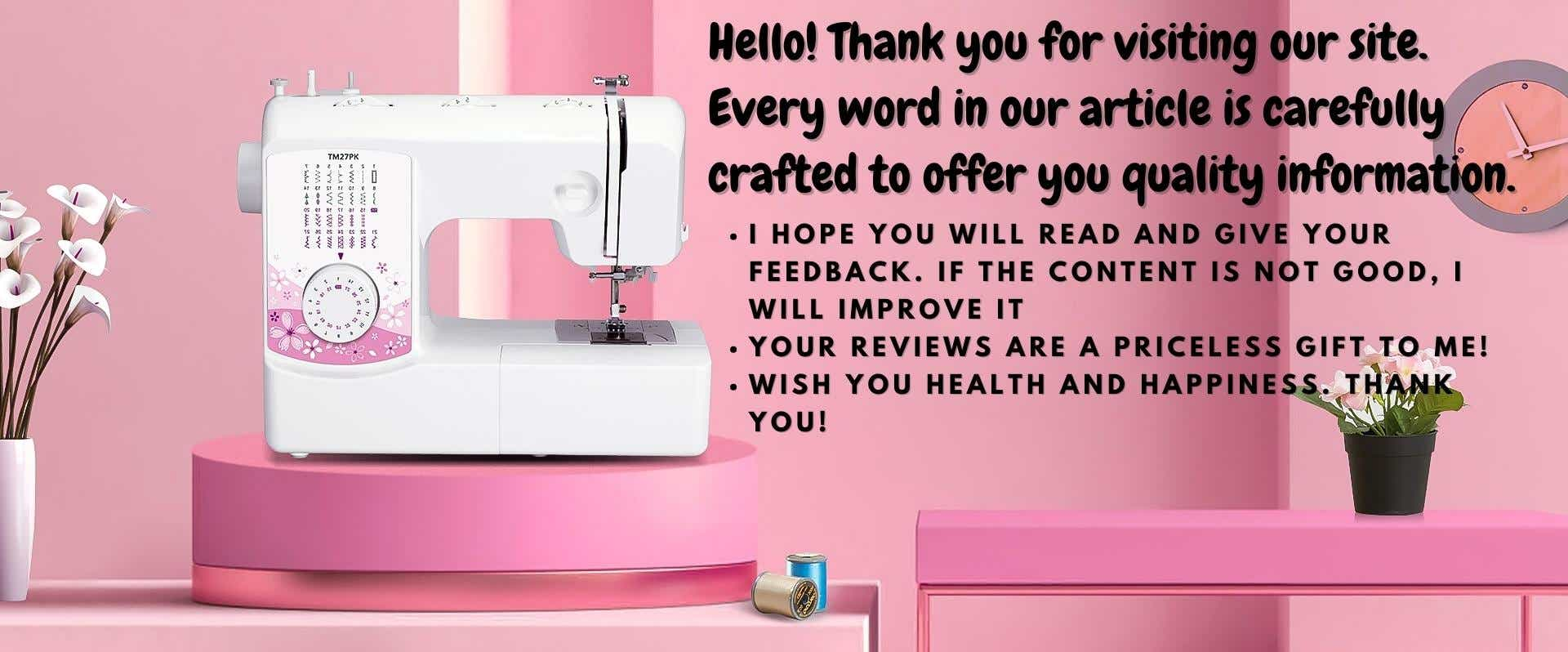Flat Embroidery vs 3D Embroidery: Unraveling the Distinction
Introduction
Looking for a unique twist on your clothing? Seeking a design that goes beyond the usual embroidery depth? Explore 3D Puff Embroidery. This method provides a standout three-dimensional effect, setting it apart from traditional flat embroidery.
In this article, we’ll compare flat and 3D puff embroidery. You’ll learn about their creation processes, weigh their pros and cons, and get insights for achieving outstanding results.
Dive in to distinguish the special characteristics of these two embroidery techniques!
Key Takeaways
- Flat Embroidery creates a two-dimensional design, weaving decorative threads on fabric for a neat and sharp outcome.
- 3D Puff Embroidery involves stitching over foam, creating a lifted effect on the fabric’s surface.
- Flat embroidery offers flexibility and is more cost-effective due to fewer resource needs than 3D puff embroidery.
- Creating 3D Puff Embroidery demands more time because of the extra steps to craft detailed patterns using foam, resulting in a striking three-dimensional piece.
The Difference Between Embroidery and Embroidery Puff 3D
While flat embroidery creates a two-dimensional design with thread stitched onto fabric, 3D puff embroidery uses foam to create a raised, three-dimensional effect.
Flat Embroidery: The embroidered thread is stitched flat on the fabric, creating a two-dimensional design.
Flat embroidery is a cherished technique where threads are meticulously stitched onto the fabric’s surface, often employing decorative patterns like satin stitches. The outcome is a sophisticated, sleek design, making it an ideal choice for logos, intricate patterns, and textual designs. largely depending on the type of thread used.
Often referred to as 2D embroidery, its adaptability is commendable. It’s compatible with a diverse range of fabrics, from cotton to rugged denim, and embraces a spectrum of thread colors, such as shimmering metallics or vivid polyester. This versatility leads to rich, captivating details on garments or decorative items for homes.
When set beside 3D puff embroidery, flat embroidery is notably economical. It consumes fewer resources but still delivers a pronounced aesthetic appeal, presenting a cost-friendly yet impactful design solution.

Flat Embroidery
3D Puff Embroidery: Foam is placed underneath the embroidered thread to create a raised, three-dimensional effect.
Using foam, this advanced method creates its unique look. A foam layer is placed beneath the embroidery threads, and when stitched over, it elevates the threads for a captivating 3D effect.
By choosing foams with varying thicknesses, you can modify the 3D depth, allowing for a subtle lift or a pronounced, elevated design.
Though puff embroidery takes longer than traditional flat embroidery—due to added steps like precise foam-cutting and designing with this unique material—the result is an eye-catching finish that truly distinguishes itself.

3D Embroidery
How 3D Puff Embroidery Works
3D puff embroidery uses foam beneath the embroidery thread, resulting in a prominent, elevated design with a distinct three-dimensional appearance.
The process involves adding a layer of foam that is covered with various threads to create a raised appearance.
3D puff embroidery brings designs to life with added depth and tactile texture. Central to this technique is a layer of ethylene vinyl acetate (EVA) foam, positioned directly onto the fabric.
As threads are meticulously stitched over the foam, they form a prominent raised pattern. With the availability of different foam thicknesses, designers can achieve a range of effects. This technique ensures designs, especially logos, stand out more vibrantly than traditional embroidery methods.
Beyond its eye-catching visuals, 3D puff embroidery enriches a variety of creative projects. Even though it requires a higher level of skill and additional crafting time, the end results — seen on apparel, bags, hats, or home accents — are truly captivating, showcasing rich hues and dynamic shapes.
It takes longer to complete than flat embroidery.
3D puff embroidery is a meticulous art, demanding significantly more time and effort compared to its flat counterpart. One reason for the extended duration is the addition of a foam layer beneath the threads, giving the design its characteristic raised appearance. Particularly when used on apparel items such as hats, it’s crucial to avoid common pitfalls. To ensure your designs come out flawlessly, especially on headwear, read about the “What Are Seven Mistakes To Avoid When Embroidering On A Cap“.
Another layer of complexity comes from the denser stitching required in 3D embroidery. Each element, especially letters, needs adequate spacing to ensure the design maintains its elevated look.
Given these intricacies, designers must approach 3D embroidery with patience and precision. Rushing through the process, as one might with simpler flat designs, can lead to crowded visuals, where design elements blend together once all layers are stitched.
Pros and Cons of Flat Embroidery and 3D Puff Embroidery
Flat embroidery offers a classic look while 3D puff embroidery provides an elevated, three-dimensional effect, yet both have their own advantages and disadvantages.
Flat Embroidery:
Provides a classic, sleek look and works well for intricate designs. However, it lacks the added dimension and texture of 3D embroidery.
Flat embroidery stands as a classic choice, offering a refined finish to a range of designs. It shines when crafting intricate elements like monograms, logos, and ornate patterns, thanks to its precise stitching.
It’s adaptable across various fabric types and garments, and designers can incorporate up to nine distinct colors in a single piece. If you’re deciding between this traditional method and other print techniques, delve into our comparison of Embroidery vs. Screen Printing to understand the key differences.
However, as versatile as flat embroidery is, it doesn’t possess the textured depth found in 3D puff embroidery, which employs foam under the stitches for an elevated, dimensional effect.
While flat embroidery is versatile, it may still have some challenges. Learn more about the general Disadvantages Of Machine Embroidery.
3D Puff Embroidery:
Offers a unique, eye-catching effect and works especially well for logos and bold designs. However, it may not be suitable for all types of fabric or designs.
3D puff embroidery stands out, offering a visually arresting embroidery style. Incorporating foam beneath the stitches gives designs a pronounced, elevated appearance. Curious about how this method compares to other heat applications? Check out our guide on Embroidery vs. Heat Press for a detailed breakdown
This technique is especially popular for branding, notably on hats and apparel. Its dimensional texture accentuates details and contrasts, making logos pop. However, while it elevates many designs, it’s vital to choose the right fabric.
Though certain materials might handle flat embroidery well, they might not be suitable for the raised nature of 3D puff. Fabrics like silk or chiffon are more delicate and may not hold up well under this technique. Thus, it’s crucial to exercise caution and ensure compatibility when using 3D puff embroidery.
Conclusion
Embroidery, a timeless craft, has beautified fabrics for ages. Today, flat and 3D puff embroideries are predominant styles.
Flat embroidery offers a sleek, two-dimensional finish, ideal for intricate patterns. On the other hand, 3D puff embroidery uses foam backing, creating a pronounced, textured design. This method adds depth, making logos and inscriptions distinctly three-dimensional.
Whether you opt for flat or 3D puff, your choice should align with your design aspirations. Both techniques provide unique advantages, adding a bespoke touch to garments or artworks.
FAQs
1. What is the difference between embroidery and embroidery puff 3D?
Traditional embroidery uses threads to create designs on fabric, whereas 3D Embroidery Puff utilizes heat-fused polyester fibers, achieving a textured, three-dimensional look on a flat canvas. This method provides depth, ensuring designs, logos, or inscriptions on apparel and accessories captivate viewers.
2. What advantages does 3D Embroidery Puff offer over regular embroidery?
3D Embroidered Puffs not only offer distinct textures and effects but also boast impressive durability. They resist thread fraying and withstand regular laundering. Using less thread than traditional methods, they are also cost-effective. This combination of uniqueness and cost efficiency makes them ideal for corporate uniforms, particularly for mass-producing consistent logos.
3. Is there ever a disadvantage in using 3D Embroidered Puffs instead of regular embroidery techniques?
The distinct texture of 3D embroidery can sometimes overshadow intricate designs. Simple graphics and lines work best, particularly for detailed logos. The technique’s depth can complicate clarity and increase stitch errors, notably around curves. Given its bulkier nature, designers must securely place 3D embroidery designs to avoid misalignment, which can lead to noticeable inconsistencies in the final product.






